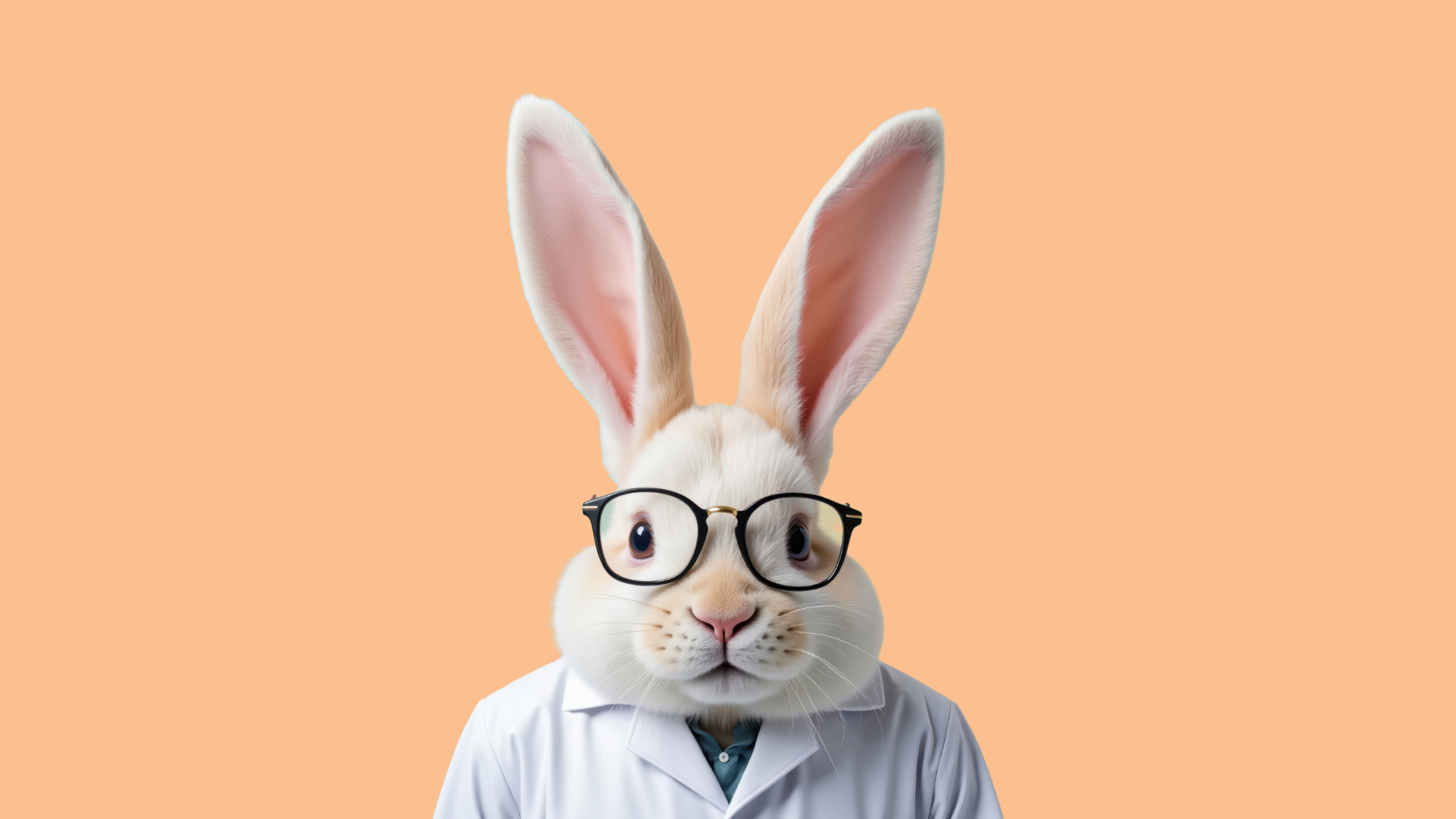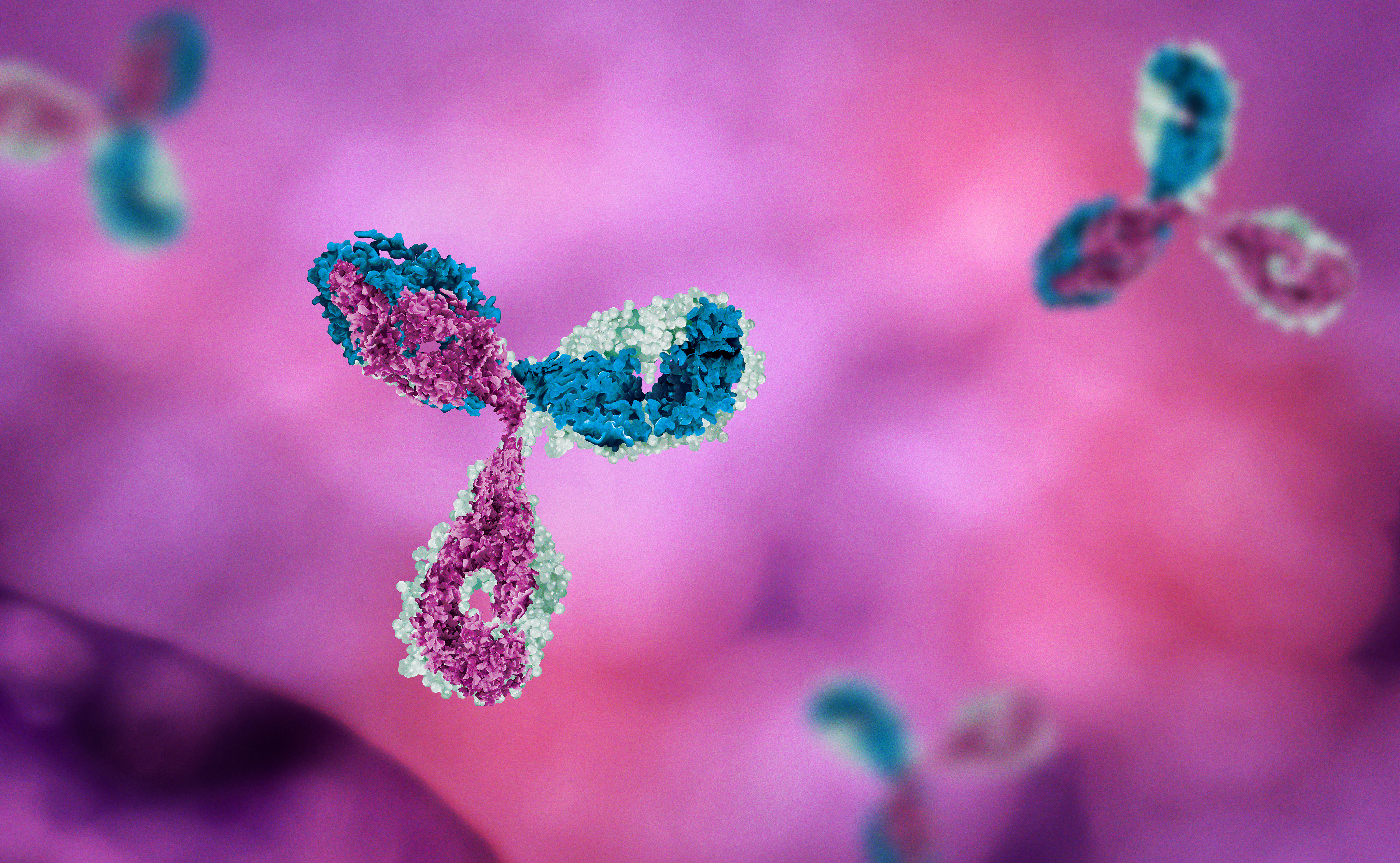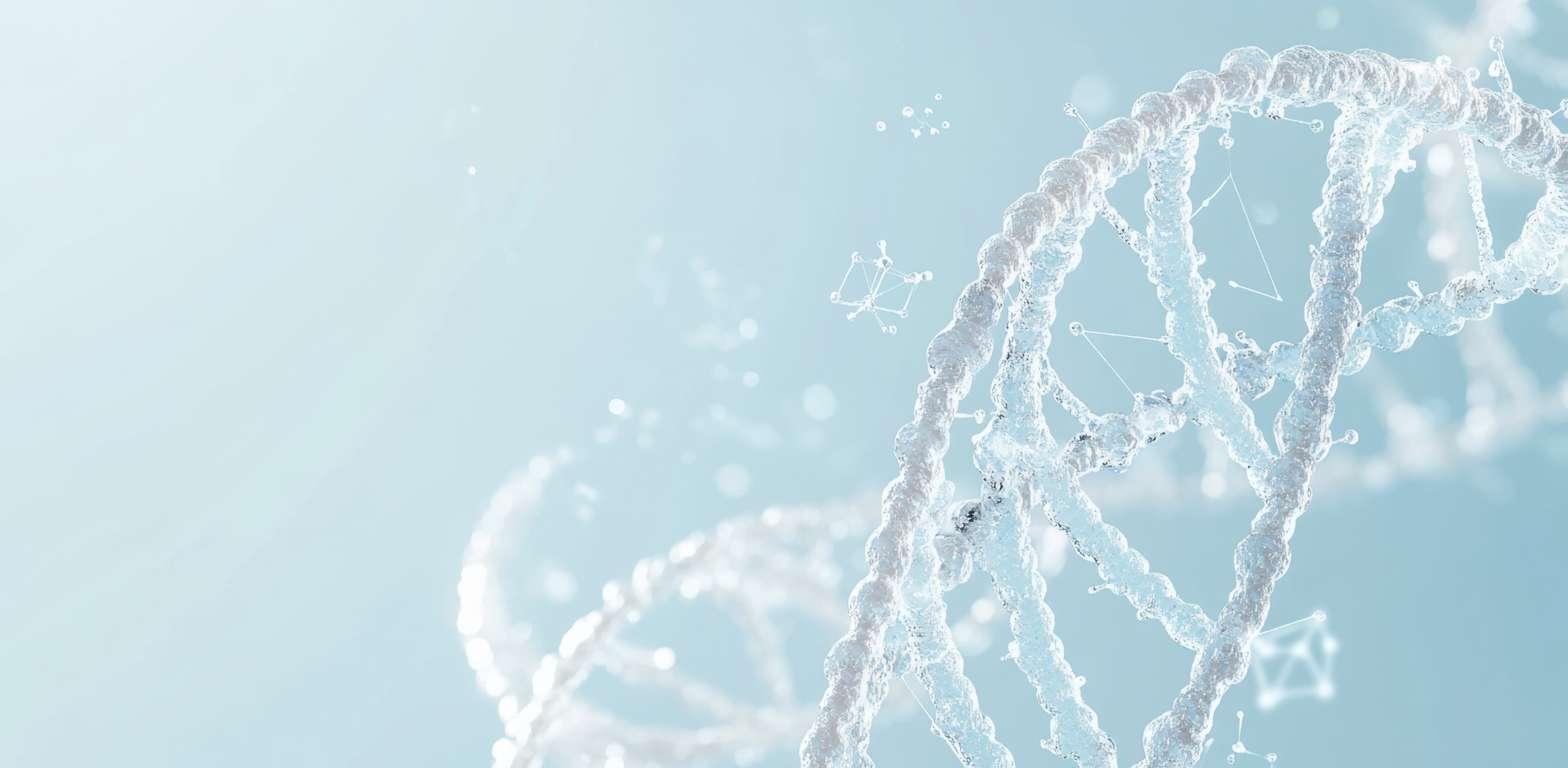
Breast milk is abundant with essential microbes. Meet the startup mapping the microbiome, to ensure all babies get off to the best start in life.
Forward: features are independent pieces written for Mewburn Ellis discussing and celebrating the best of innovation and exploration from the scientific and entrepreneurial worlds.
The benefits of breastfeeding are widely recognised and supported by scientific evidence. Breast milk isn't merely more nutritional than powdered formula. The milk is infused with a rich microbiome of bacteria, fungi, and archaea.
This ingestion of microbes via breast milk is the foundation of the baby's own microbiome, influencing its health for the rest of its life. It is a vital part of healthy development.
So what happens to babies who are bottle-fed formula milk which lacks a microbiome for the baby to ingest?
This is the focus of BoobyBiome, a company co-founded by CEO Dr Lydia Mapstone, Chief Technology Officer Dr Tara O'Driscoll, and Chief Operating Officer Dr Sioned Jones.

BoobyBiome Founders:
COO Dr Sioned Jones, CEO Dr Lydia Mapstone, and CTO Dr Tara O'Driscoll
BoobyBiome’s mission is to improve health outcomes for infants without access to breast milk. To do this, they aim to understand the composition and function of the breast milk microbiome, and then create a bacterial supplement for powdered and donated milk, so all babies receive the bacteria they need to thrive.
‘Breastfeeding is a beautiful, yet often a challenging journey, and we stand in full support of every parent who takes it on,’ says Jones. ‘But our mission is also about finding better solutions for when breastfeeding isn’t an option, with a focus on replicating the essential benefits of the breast milk microbiome so every baby gets the healthiest start, no matter what.’
‘The breast milk microbiome was only discovered in the early 2000s,’ says Jones. ‘When a baby is born it is a blank slate, and the first seeding of the microbiome happens at birth. If a baby is born naturally, the first colonisers are from the mother’s vaginal and intestinal microbiome. In contrast, if a baby is born by C-section, the initial exposure is more likely to be to skin-associated bacteria from the mother and the surrounding environment. We now know that following birth, comes a huge influx of bacteria from the breast milk microbiome, where research estimates that 40% of the infant gut is established through breastfeeding.
The more we learn about breastfeeding, the more significant it appears.
‘We never understood the importance of the breast milk microbiome until longitudinal studies followed children from birth to three to five years old. One study shows that if children are given antibiotics in the first 12 months of life, and not breastfed, their likelihood of developing asthma increases threefold. If the baby is breastfed the chances of developing asthma is no different. It shows how important the colonisation step is for shaping long-term health.’
Jones talks passionately about the variety of disorders connected with a lack of breast milk microbiome.
‘We are talking about allergies, diabetes, obesity, sepsis, and childhood leukaemia. We have seen a surge in them over the years. This is thought to be partly associated with the increase in C-section births, in formula feeding, and antibiotic usage. If you look at all of these seemingly unrelated diseases they have one thing in common: a dysbiotic infant microbiome.’
Dysbiotic means there is an imbalance in the beneficial and pathogenic bacteria. This imbalance is particularly concerning during what many people call the ‘critical window,’ generally thought to be the first 1,000 days of life. No one truly knows how short or long it is,’ says Jones. ‘Rather I tend to emphasise the importance of the first 3-6 months because this is when the most significant microbial colonisation occurs, as the infant’s immune system and gut are rapidly developing. ’A key consideration is that a child’s gut remains highly malleable until they transition to solid foods, at which point it begins to mature and diversify, becoming more like an adult’s. ‘That crucial early phase - from a blank slate at birth to the introduction of solid foods - is when it’s vital to get everything right, setting the stage for a healthy gut and long-term health.’
How to replicate the breast
Mothers who struggle or choose not to breastfeed therefore need an alternative way to deliver the microbiome into the infant. One way to achieve this is infant probiotics. Yet, current probiotics are under-powered. Off the shelf products typically contain only a few strains of bacteria, making it difficult to replicate the diverse microbes needed to fully support gut and immune system development. A healthy human has somewhere between 200 and 1,000 species of bacteria alone in the microbiome, plus thousands of varieties of virus, fungi and archaea. Precise numbers are not possible: around 30% of the gut microbiome is unmapped.
Hence the mission of BoobyBiome: to develop a microbiome supplement which can be added to donated or powdered milk, bringing it closer to the real thing.
This is a huge task.
The first job is to map out what microbes the baby needs.
Jones explains: ‘In 2019 we started sequencing donated breast milk samples from mothers. At that time, researchers had sequenced breast milk to a species level, using 16s rRNA sequencing. But within a species, there can be multiple strains with distinct functions. We needed more precise information. So we started building the world's first shotgun metagenomic database of the breast milk microbiome. We map out everything that lives in the milk to strain level. And for every milk sample we would compare the stool sample from the baby to see which strains are colonising the infant gut.
‘It’s like a fingerprint,’ says Jones. ‘Every woman has a different breast milk microbiome.’
‘Our database also included a wealth of metadata. This includes: age, ethnicity, location, diet, medication, and what kind of birth did the woman have. This shed light on the factors that could influence the composition of the microbiome.’
‘Along the way, we uncovered a variety of factors that seem to influence the richness of their milk microbiome. We also spotted "super donors". These have an abundance of really interesting strains, such as Bifidobacterium infantis. But we also discovered a core microbiome shared among these donors.’
Developing a supplement
With the abundance of data on breast milk microbiome, Jones and her team could identify which microbes a baby needs, and may lack if fed only formula milk.
‘We are building a biobank. A massive library of bacteria. We have isolated hundreds and hundreds of different types of bacteria from breast milk. We have around 80 functionally relevant strains, completely unique to breast milk. You are not going to find these in probiotics on the market, which tend to come from culture collections which have been around for decades. We are annotating each of these strains to rank them on their genetic characteristics. Does a strain have the right gene cassettes to degrade human milk oligosaccharides? Can it survive the journey to the gut? What sort of short chain fatty acid can that strain produce? We have been able to rank all of our strains using a bioinformatics pipeline.’

Researchers in the BoobyBiome lab test their strains on gut cell models
The testing is rigorous. A fascinating area is the interaction between the strains themselves and with gut cell monolayers. Researchers in the BoobyBiome lab test their strains on gut cell models. They've observed that their strains can reduce inflammation and support gut integrity. ‘We can physically damage the gut monolayer with a scratch or inflame, and then see how bacteria either protect the monolayer or help it recover.’
The mission is to understand how the microbes interact in the gut. ‘Bacteria work well together. There are community interactions. One strain might form a metabolite that supports another. We are doing a lot of metabolite modelling to understand these dynamics. The next step involves introducing these bacteria into an artificial gut system then conducting clinical trials.’
A collaboration is in place with the University of Reading, which has been conducting artificial gut trials for decades.
Going to market
BoobyBiome is a for-profit company, and despite the overwhelming emphasis on R&D, must eventually create a product for sale.
‘The supplement will include a diverse range of strains designed to replicate the ecosystem of the breast milk microbiome, with each strain carefully selected for its specific functional role’
The bacteria will be supported by prebiotic fibres, to support the bacteria in a formula-fed infant gut. The combination of probiotics and prebiotic is known as a synbiotic.
A key aim is to obtain an EU health claim for the product.
‘Probiotics on the market are not well regulated. They can be sold without showing any clinical efficacy. In fact, not a single infant probiotic has managed to get an EU approved health claim. One of our main missions is to become the first infant probiotic to obtain a EU health claim. To do this, we are going to be conducting clinical studies to look at the specific mechanism of action of our product.’
The second product relates to preserving the microbiome in expressed milk from the mother, when it is stored. BoobyBiome made a breakthrough when observing the deterioration of the microbiome during storage.
‘We would collect milk, and in just 20 minutes would see a huge decline in live beneficial bacteria. Our data clearly shows that stored milk does not contain the same microbiome as if it was consumed directly from the breast.’
The solution is an accessory compatible with infant feeding bottles to preserve the microbiome. ‘Our device mimics conditions within the breast, to keep these beneficial bacteria alive’
The product is compatible with all existing infant feeding bottles. The scale of the market is huge. A global consumer base. And it would be transformative for families who rely on storing breast milk.
‘Our customers can start with our hardware device, when expressing milk. And then move onto the supplement when reducing breastfeeding.’
The proposition is attractive to investors. VC backers include Venrex, Discovery Park, Evenlode Investment, Kayan Ventures and angel investors. BoobyBiome has also won £2.6m from Innovate UK. More fundraising is expected.
‘The aim of our next fundraise is to take our breastfeeding accessory to market, and start manufacturing and scaling our supplement.’
The impact
Babies denied milk from the breast are at a heightened risk of a long list of ailments. BoobyBiome has the potential to offer affordable milk supplements to replicate natural conditions, to improve health outcomes for tens of millions of children a year.
The hardware device alone is a product with global demand.
Dr Jones, Dr Mapstone and Dr O'Driscoll are scientists through and through, but with the commercial sense to guide their research to full market production. Recognition of their achievements is growing. The three founders have been named in Forbes magazine's 30 under 30 list, and won the Founders Forward Perfect Pitch competition hosted by Newable and JPMorgan Chase.
The team at BoobyBiome are working to ensure babies thrive no matter how they are fed, and every baby has an equal chance at health.
An important development for infants and mothers
Natalie Vaughan, Associate and Patent Attorney at Mewburn Ellis, comments:
"Women today are encouraged, as much as possible, to breastfeed their babies. However, for some women, breastfeeding simply isn’t an option and this can cause worry about the potential impact on their baby’s health. It’s therefore so exciting that companies like BoobyBiome are looking at identifying and isolating key microbes important for infant health, so that parents have the option to provide the benefits of the breastmilk microbiome without breastfeeding. BoobyBiome’s supplement will not only be an important development for infants, but also their mothers too."
Written by Charles Orton-Jones
Natalie is a Patent Attorney working as part of our life sciences patent team. Natalie has an undergraduate BSc degree in Molecular Biology and Biochemistry with an Industrial Placement Year from Durham University and a PhD in Biochemistry from the University of Bath. During her undergraduate degree, Natalie spent 12 months at a pharmaceutical company where her research project focused on increasing recombinant antibody expression in mammalian expression hosts. Her doctoral research investigated ubiquitin-dependent mechanisms in cell cycle regulation.
Email: natalie.vaughan@mewburn.com
Sign up to our newsletter: Forward - news, insights and features
Our people
Our IP specialists work at all stage of the IP life cycle and provide strategic advice about patent, trade mark and registered designs, as well as any IP-related disputes and legal and commercial requirements.
Our peopleContact Us
We have an easily-accessible office in central London, as well as a number of regional offices throughout the UK and an office in Munich, Germany. We’d love to hear from you, so please get in touch.
Get in touch

